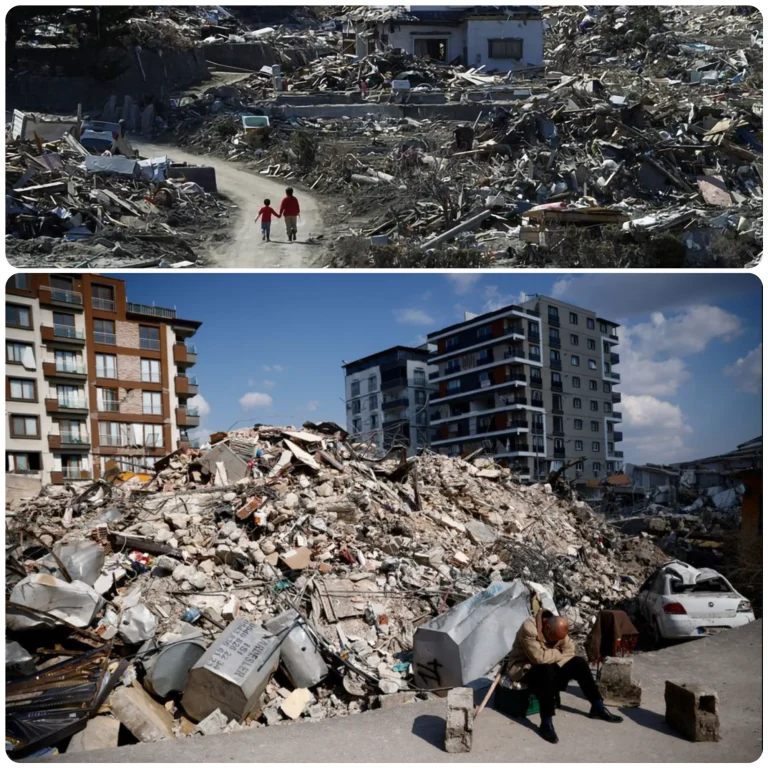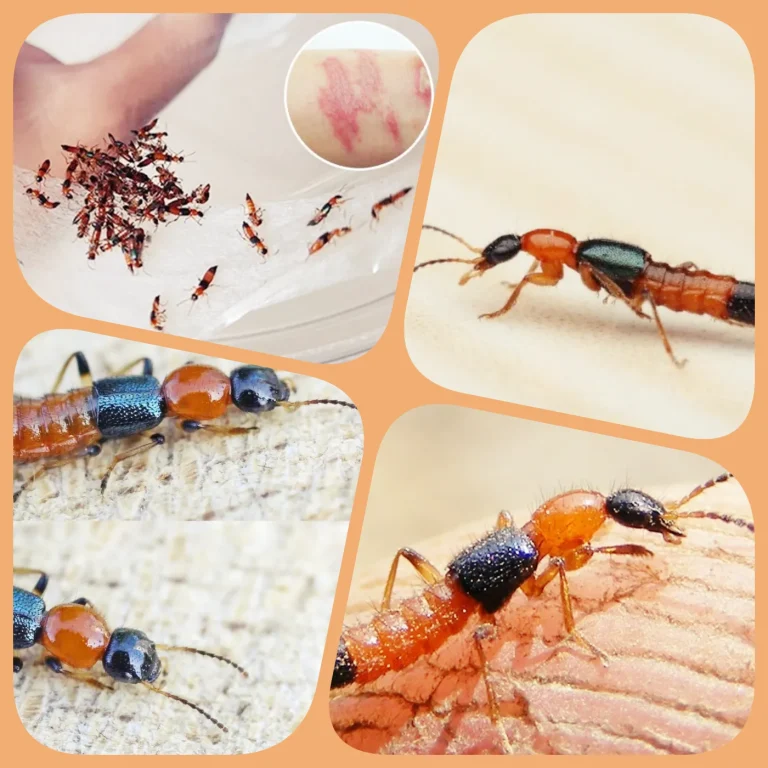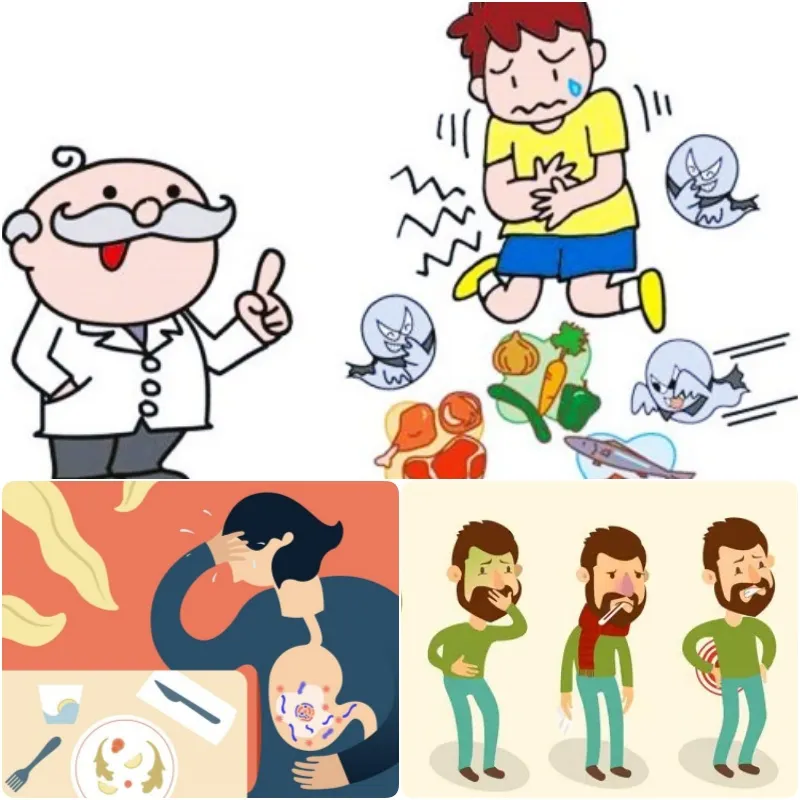
How to Handle Food Poisoning
As summer brings hotter weather, it creates ideal conditions for bacteria that cause food poisoning to thrive. If you happen to experience food poisoning, there’s no need to panic. For mild cases of food poisoning, symptoms such as stomach pain, nausea, and diarrhea usually resolve on their own within 24 hours without the need for medical treatment. However, it’s important to note that some types of food poisoning may last longer.
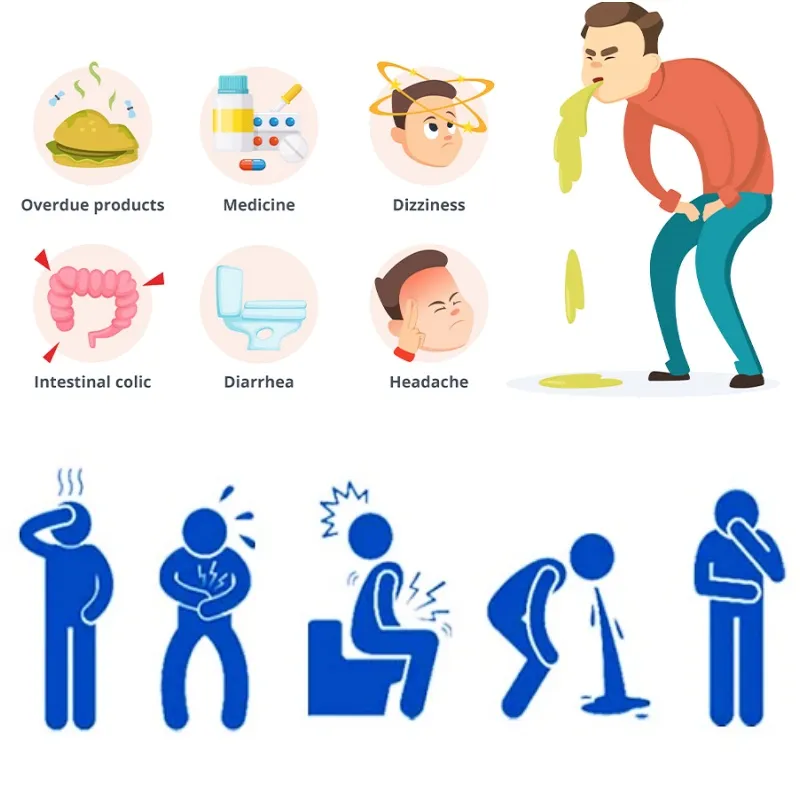
1. How to Handle Food Poisoning
For mild cases of food poisoning, such as nausea, vomiting, or mild diarrhea, you can treat it at home by rehydrating with an oral rehydration solution (ORS) and giving the patient activated charcoal (5-10g, if available) to help absorb the toxins.
In mild cases, you may induce vomiting to remove the toxic food. However, if there are symptoms like convulsions or altered consciousness, do not induce vomiting as it may be dangerous. After inducing vomiting, if the patient has expelled most of the food, allow them to rest but continue to monitor closely. If any unusual symptoms occur, take the patient to the hospital as soon as possible.
Cease consuming any suspected toxic food, but avoid using anti-diarrheal medications as they can slow down the elimination of toxins from the body. This is particularly important for young children, as anti-diarrheal drugs can pose risks such as bowel obstruction or paralytic ileus.
Food poisoning can make you feel weak and exhausted. It’s crucial to rest and frequently rehydrate to replace lost fluids. If the patient experiences frequent diarrhea and vomiting, they should drink ORS (prepared according to instructions) or mix 1 teaspoon of sea salt in 1 liter of cooled boiled water and drink throughout the day to prevent dehydration.
When you start feeling better, gradually introduce bland, low-fat, and easily digestible foods such as toasted bread, pasta, crackers, and rice. Stop eating if nausea returns.
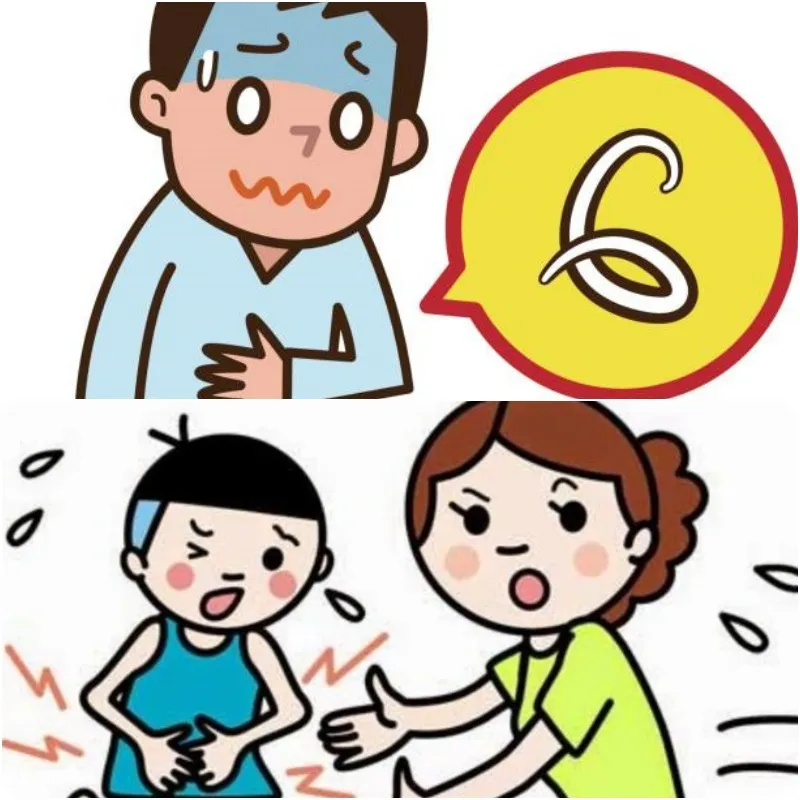
For food poisoning caused by bacterial contamination or pesticide residues (such as from fugu, blue-ringed octopus, or dangerous tetrodotoxin-containing fish), which can lead to symptoms like fever, tingling in the mouth, or coma, seek emergency medical help immediately.
2. What to Eat and Drink After Food Poisoning
Many people tend to avoid eating after food poisoning due to reasons such as continued stomach pain or fear of an “upset stomach.” However, prolonged fasting can lead to further depletion of the body. During food poisoning, vomiting or diarrhea may occur, which can lead to dehydration and loss of essential electrolytes.
Therefore, it is important to eat and drink appropriately to replenish nutrients and help the body recover faster. During this period, the digestive system is still weak, so avoid solid and hard-to-digest foods until diarrhea and vomiting subside, and steer clear of high-fat foods.
To avoid stomach discomfort, avoid irritating foods such as spicy, greasy, dairy products, cheese, sugary foods, and processed foods. Also, refrain from consuming stimulants such as alcohol, caffeine, and nicotine.
During recovery from food poisoning, eat soft and liquid foods such as soups, porridge, and broths to provide necessary nutrients and aid digestion. Ensure that your diet includes enough vegetables and fruits to supply essential vitamins and minerals for a faster recovery.
Fruits that contain complex carbohydrates and natural sugars can provide energy for the body. Bananas are particularly helpful as they soothe the stomach and reduce nausea due to their potassium content. Potassium helps maintain fluid balance in the body and regulates the movement of nutrients and waste out of cells.

If experiencing discomfort or nausea, try chewing fresh ginger and honey or drinking warm water mixed with ginger and honey in small sips. Ginger and honey are beneficial for the digestive system after food poisoning, helping to alleviate symptoms and kill bacteria.
When recovering from food poisoning, in addition to stomach pain, nausea, and diarrhea, you may also experience fatigue and loss of appetite. Therefore, consider eating smaller, more frequent meals throughout the day and prepare foods in a liquid form, such as porridge or soup, to aid digestion. As symptoms improve, you can reintroduce white rice and bread, which are high in carbohydrates, provide energy, and are less likely to irritate the stomach, facilitating a quicker recovery.
